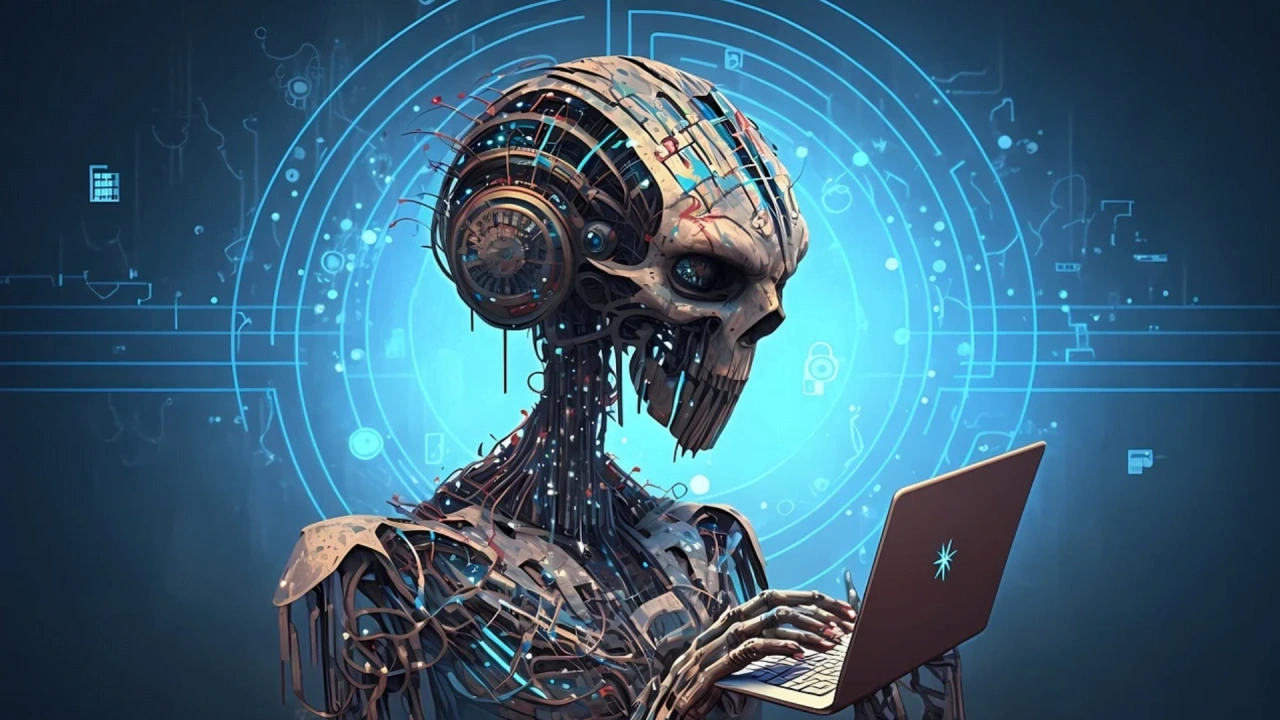Artificial intelligence and machine learning are pushing the boundaries of technology today. Self-learning algorithms have the capacity to improve themselves by analyzing data. However, this development does not always proceed as smoothly as expected. Mistakes, wrong decisions and security vulnerabilities reveal the limits and risks of these systems. So, how safe are these technologies? And how can we make them more reliable?
How Do Self-Learning Systems Work?
Self-learning algorithms are based on data, regardless of the rules set by humans. It is designed to extract meaning and make decisions. These systems:
- Collects Data: Processes large amounts of data from various sources.
- Finds Patterns: Among the data gives meaning to relationships.
- Draws Conclusions: Makes decisions and practices based on these patterns.
However, each step in the learning process presents a potential error or It involves risks.
Security Risks: Dangers of the Unknown
Self-learning algorithms can quickly become complex, introducing uncontrollable security risks:
- Wrong Decisions: Algorithms can be affected by errors or biases in the data on which they are trained. For example, a system that evaluates a loan application may make unfair decisions due to racial or gender biases in the data.
- Danger of Manipulation: Attackers can mislead algorithms by inserting harmful data into the system's learning process. These are called "adversarial attacks" and can be used, for example, to disable a facial recognition system.
- Unpredictability: The learning processes of the algorithms themselves can result in ways people do not expect. This can lead to serious consequences, ranging from huge losses in financial systems to accidents of autonomous vehicles.
Faulty Learning: Not Finding the Right Path
Algorithms can sometimes make inaccurate generalizations when identifying patterns in data. There are several common reasons for this:
- Insufficient or Poor Quality Data: If the data underlying the learning process is missing or incorrect, algorithms may draw incorrect conclusions
- < b>Overfitting: The algorithm is so tightly bound to the data on which it is trained that it becomes inadequate when faced with new situations.
- Ineffective Updates: Algorithms cannot cope with rapidly changing data. may have difficulty getting out and can continue to work with old information.
Is There a Solution to These Problems?
Overcoming the limits of self-learning systems The following precautions can be taken for:
- Better Data Quality: Data sets on which algorithms are trained should be prepared more carefully and free from biases.
- < b>Transparency and Traceability: How algorithms learn More transparent systems should be developed to understand how and when decisions are made.
- Human Control: Instead of full autonomy, hybrid systems working with human supervision may be preferred.
Making Sense of Technology: Human and Artificial Intelligence Collaboration
Self-learning algorithms have great potential when managed correctly. However, the magic of this technology must be blended with awareness of responsibility.
We must act more consciously, both as technology developers and users, to reduce security risks and overcome the limits of systems.




